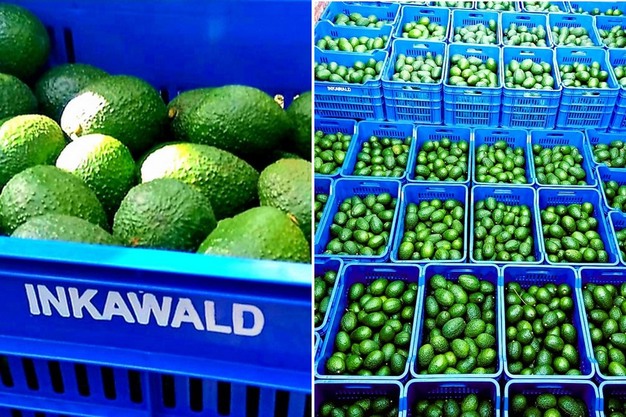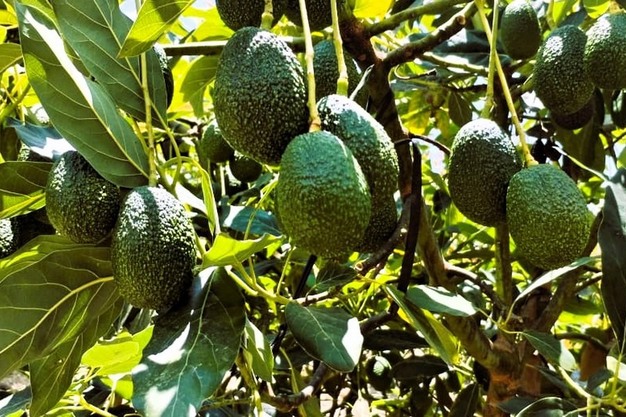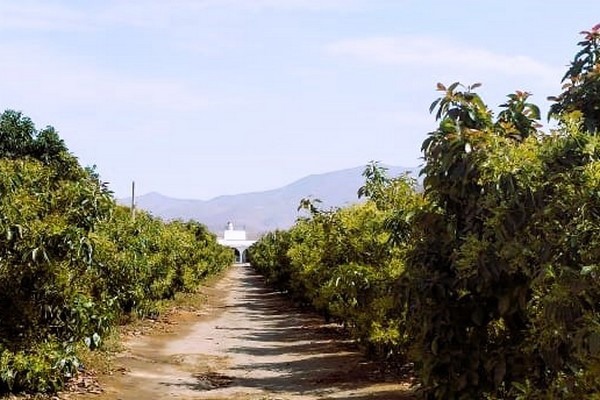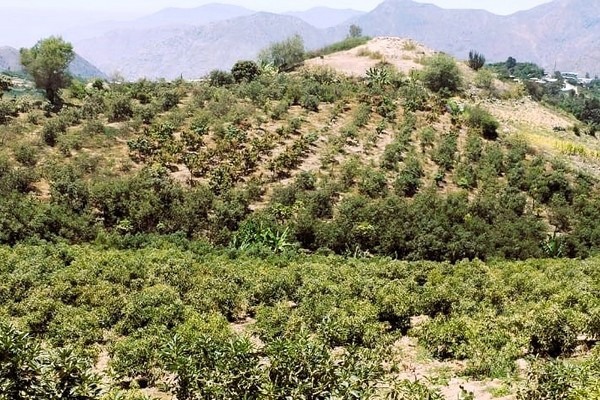While the main 2024 Peruvian avocado season has finished, Hass avocado production continues to grow annually on both the coast and in the mountains of Peru. "The growth is not alarming though since the consumer market is also increasing exponentially," says Gino Neira, co-founder of Inkawald, a family-owned company based in Peru. He adds that part of this growing demand is due to an increasing interest globally in healthy living

The regions that generally produce early fruit in Peru are Ancash (with 5,108 hectares); Ayacucho (with 2,762 hectares); Huancavelica (2,611 hectares); Arequipa (1,588 hectares); Cusco (923 hectares); Apurímac (757 hectares); and others (2,100 hectares). "In the 2023-2024 campaign, we did not have much production and the sizes were medium to small. However, this year, we have a greater volume of "flor loca", which means that we will have fruit for November and December in greater volume compared to the last campaign. Though in February to May, the volumes may be low," says Neira. "We must be very careful to export only the fruit that has the appropriate dry matter, that is, from 21.5 percent."
The draw to Asia
As for pricing, it depends largely on the destination countries and the month of the year. "In recent weeks, the Asian market has been paying very well for Peruvian fruit, but from weeks 37-38, China was already going with its production and it is no longer profitable to send to that destination," says Neira.

In 2024, Europe was the region with the highest demand for Peruvian fruit, with 311,617 tons exported, followed by the USA with 66,179 tons, Chile with 60,745 tons, and China with 34,331 tons. Other South American countries are also attractive for Peruvian avocados. (Peru can also export avocados to Argentina, Brazil, Colombia, Costa Rica, Canada, the United Kingdom, Japan, India, South Korea, Thailand and Malaysia).
While there are global opportunities for Peruvian avocados, there are also increasing concerns around logistics. "It's a constant challenge with strikes and congestion in ports. All of this greatly affects the days of transit which is a big problem in the perishable products industry," says Neira. "Another consequence is that it increases the cost of freight which makes the product more expensive for the final consumer."
2023 vs. 2024
The production that begins in November follows an already productive year in Peru. In weeks 2 to 12 and 36 to 41, a larger volume was exported compared to 2023's numbers. Though in general, the volume exported in 2024 was 10 percent lower than in 2023. "In this new 2024-2025 campaign, we have a greater volume of setting and flowering compared to the previous campaign. The increase is approximately 50 percent and the sizes will be mostly large. Sizes from 28 to 32 will be in low volumes," says Neira.

It's not just about shipments to Europe and the United States. As early as week 2 of this year, a lot of fruit started being sent to Asia, especially to China, and week 6 saw the peak of supply with just over 2,000 tons. This flooded the market and, in turn, shipments had to pivot to go to other markets.
Notably in the overall 2023-2024 campaign, there was not much production and the sizes available were medium to small. "From week 01 to 33, 499 thousand tons were shipped, which showed a contraction of 12 percent," says Neira.
Growing in Peru
In Peru, the main avocado-growing regions are La Libertad (with 16,885 hectares), Lima (11,940 hectares), Ica (11,885 hectares), and Lambayeque (11,222 hectares).

In these regions, for 2024-2025 production, weather conditions are being closely scrutinized. In the La Libertad region, the cold and wind remain similar to the Lambayeque region while in Lima, the cold dropped to 8° C. and the highest peaks were 28° C. In Ica, there are plantations on both the coast and in the mountains with different climatic conditions.
 For more information:
For more information:
Gino Neira
Inkawald
Tel.: +511 760 9944
[email protected]
https://www.inkawald.org/
